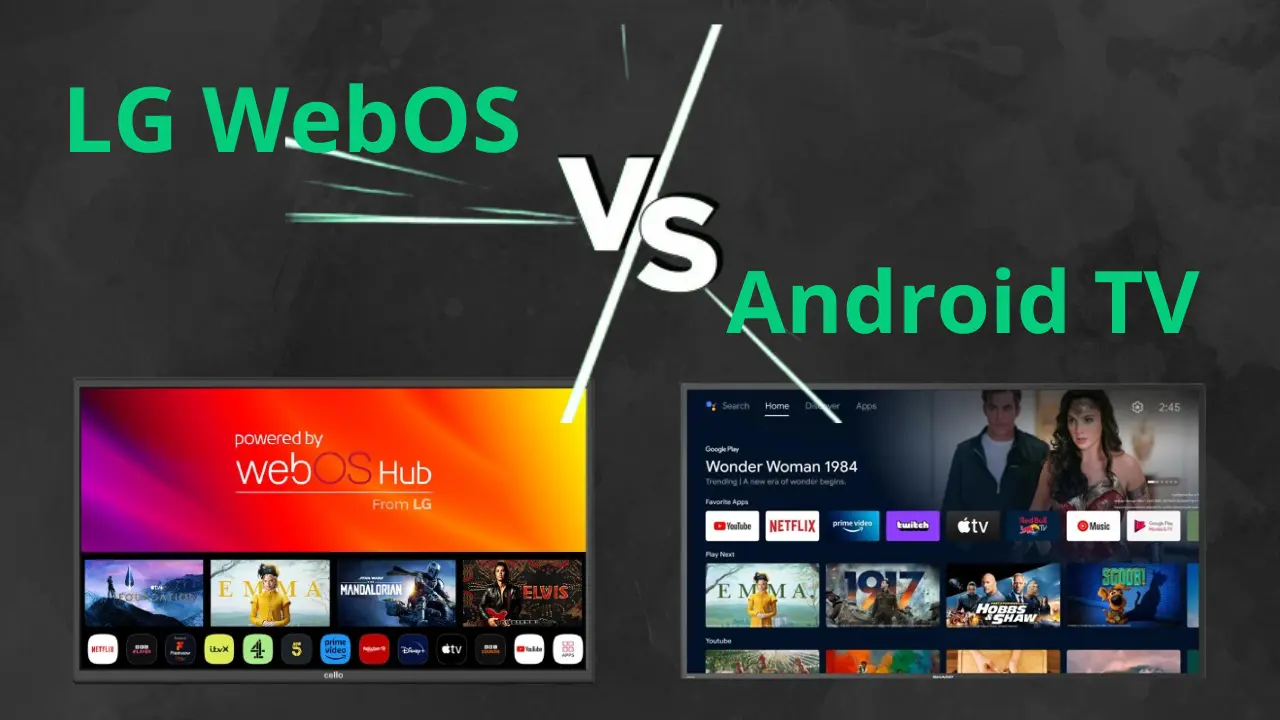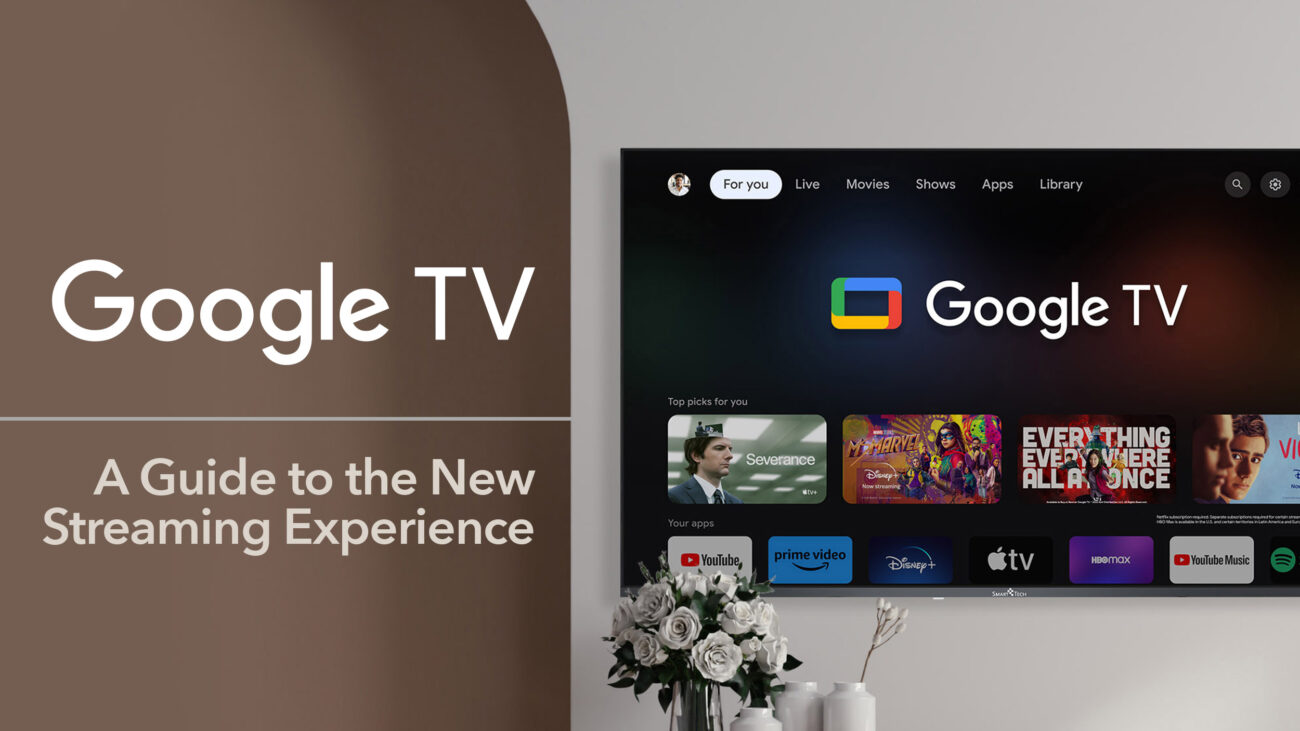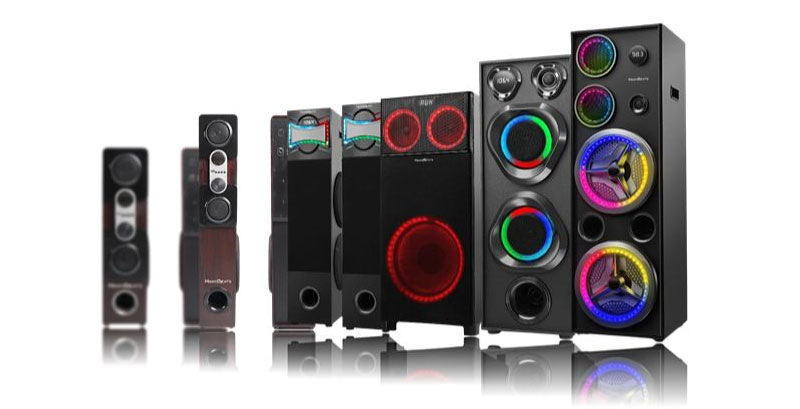Smart TVs have become the center of our entertainment universe — and choosing the right operating system is as important as screen size or resolution. One popular OS in the market is webOS, primarily found in LG TVs, and recently adopted by other brands too.
But what exactly is webOS TV? How does it work? And is it better than other smart TV platforms like Google TV or Android TV? This blog explores everything about webOS, including its history, features, user interface, pros and cons, and whether it suits your viewing needs.
Brief History: How webOS Evolved
webOS has an interesting journey:
- 2009: Originally developed by Palm for smartphones (Palm Pre).
- 2010: Acquired by Hewlett-Packard (HP).
- 2013: LG Electronics acquired webOS from HP and adapted it for Smart TVs.
- 2014–Present: LG has continuously refined and upgraded webOS, turning it into one of the most intuitive and fluid Smart TV platforms available today.
Today, webOS is not only powering LG TVs but has also been licensed to other brands like Hawkbeats, Akai, Panasonic, and Blaupunkt.
What is webOS TV and How Does It Work?
webOS is a Linux-based smart TV operating system designed to provide a smooth, easy-to-navigate user experience with fast access to streaming apps, settings, and connected devices.
Instead of cluttered menus or app drawers, webOS uses a card-based launcher that keeps things simple and organized.
User Interface (UI): webOS at a Glance
webOS UI is built around simplicity and speed. Here’s what makes it unique:
Home Dashboard:
- Press the Home button and a ribbon of app tiles appears at the bottom of the screen.
- You can reorder apps, pin favorites, and preview content without launching the app.
- It doesn’t interrupt the content you’re currently watching.
Multitasking Friendly:
- You can switch between apps instantly, and it remembers where you left off.
- Lightweight animations keep transitions smooth and responsive.
Universal Search & Voice Control:
- Search across apps and content using text or voice via Magic Remote.
- AI-based suggestions get smarter the more you use the TV.
Mobile Integration:
- LG ThinQ app allows you to control your TV from your phone.
- You can cast content from mobile to TV via screen sharing or Miracast.
Key Features of webOS TV
Wide App Support:
- Access all major apps: Netflix, Prime Video, Disney+ Hotstar, YouTube, Apple TV+, Zee5, JioCinema, SonyLIV, and more.
Magic Remote (Air Mouse):
- LG’s signature remote acts like a pointer, making it easy to click, scroll, and type on the screen.
AI ThinQ Integration:
- Control smart home devices, check weather, get news updates, and use voice commands.
Content Store:
- LG Content Store allows you to install or update apps with one click.
Low Boot Time:
- Boots up faster than many Android-based TVs.
Multi-User Profiles (Newer webOS versions):
- Create personalized profiles with content recommendations for each user.
webOS Transformation Over the Years
| Version | Key Improvements |
|---|---|
| webOS 1.0 (2014) | Introduction of card-based launcher |
| webOS 3.x (2016-17) | Magic Zoom, multi-view, IoT integration |
| webOS 4.x (2018) | AI recommendations, voice commands |
| webOS 5.0 (2020) | New home screen, improved AI |
| webOS 6.0 (2021) | Full-screen home UI, profile management |
| webOS 7.0+ (2022 onward) | Faster interface, more personalization, ads on homescreen |
Note: Some non-LG brands may use customized versions of older or lighter webOS versions depending on hardware.
Pros of webOS TV
- Simple & User-Friendly UI — no clutter, great for all age groups
- Fast Navigation — lightweight and lag-free
- Instant Access — to recent and favorite apps
- Magic Remote — air mouse + voice control = easy navigation
- Reliable Updates — consistent performance over time
- Privacy-Friendly — fewer data tracking concerns than Android TV
- Great for OTT Streaming — fast loading and playback
Cons of webOS TV
- Limited App Store — fewer apps compared to Google Play Store
- No sideloading — cannot install third-party APKs
- Less Customization — limited layout and theme controls
- Fewer Gaming Features — not ideal for pro gamers compared to Google TV
- Not Ideal for Tech Geeks — lacks developer features and open-source flexibility
webOS TV vs Google TV: Quick Comparison
| Feature | webOS TV | Google TV |
|---|---|---|
| OS Base | Linux-based | Android-based |
| App Support | Good (limited to LG Content Store) | Excellent (via Google Play Store) |
| UI Style | Clean, minimal, horizontal launcher | Content-first, modern homepage |
| Customization | Low | High |
| Voice Control | Magic Remote (with AI) | Google Assistant |
| Gaming Support | Average | Excellent (Game Mode, Stadia, etc.) |
| Sideloading | Not Supported | Supported |
Final Thoughts: Is webOS TV Right for You?
If you want a Smart TV that is simple, fast, user-friendly, and focused on streaming, webOS TV is a great choice — especially for Indian homes with elders, kids, or casual users.
It may not have the app flexibility of Google TV, but it wins in usability, responsiveness, and reliability. With recent versions supporting profiles, smarter AI, and seamless navigation, webOS continues to be a top smart TV platform trusted by millions.
Got a webOS TV model in mind? Or confused between webOS and Google TV?
Drop your questions, and I’ll help you choose the right TV that fits your needs!




Leave a comment